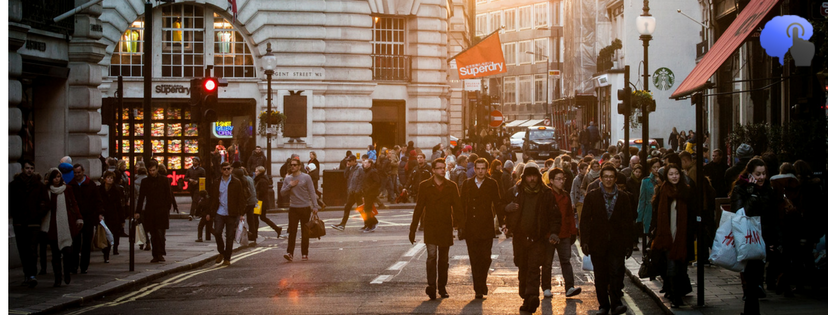
The field of behavioral economics has attracted a lot of attention for its ability to examine the correct directions of our decisions. It is not only a luring scientific subject, but it is also applied in public policy.
It is a fact that the pioneers of this field hold important positions on the governments of powerful nations. Sunstein was Barack Obama’s consultant and Thaler is a member of the scientific team of David Cameron.
Coming right up, some nudges that are used in Public Policy:
Organ Donation
One applicable strategy is the default organ donation, which already exists in France. People are automatically possible organ donors and they have to follow a certain procedure to get out of the list. By the application of this strategy, donors can increase by 60%.
People do not usually cancel the default donation because it is a long procedure, plus it is considered socially not correct not to offer their help to someone who might need it. Despite the mandatory nature of this strategy, the family of the donor is always asked for a possible donation.
Public Health
As long as it concerns public health, very simple yet fruitful solutions can be adopted. In men’s rooms, it was enough just to put a fly-sticker in the middle of the urinal, so the people can aim at it. Despite the giggles it may cause, this strategy diminished the unwanted substances on the floor or the wall by 80%.
In a similar context, many studies have proven that an intense scent of neatness in a room encourages people to respect and not pollute the room. In one experiment, it was asked by the participants to eat a cookie in a room with or without a strong scent of neatness, leading people in the scent condition to be more eager to clean the crumbles before leaving the room. This strategy can be applied to many public spaces to increase cleanliness.
Road Safety
Regarding road safety, there have been quite a lot of applications of behavioral economics. The most important one is the use of fake speedbumps. In a crowded road in Philadelphia, the local authorities designed fake speedbumps, which would look real from the drivers’ point of view.
This tactic was very effective, since the mean speed was decreased by 24 km/h and of course, it was 3 times cheaper than putting on real speedbumps.
Conclusions
Some really simple tactics can be applied to ameliorate severe problems of public policy. Surely, it is an alternative that should be applied to every society, given its wonderful results.
Have you seen tactics like these used in your own country? Or can you think of problems that would require such strategies? Don’t hesitate to comment!
Christos Panousis
Writer and Researcher for nudge Unit Greece
~Explaining Behavioral Economics Simply~
References
Hansen, P. G., & Jespersen, A. M. (2013). Nudge and the Manipulation of Choice. European Journal of Risk Regulation, 1, 3–28.
Oullier, O., Cialdini, R., Thaler, R. H., & Mullainathan, S. (2010). Improving public health prevention with a nudge. Economic Perspectives, 6(2), 117-36.
